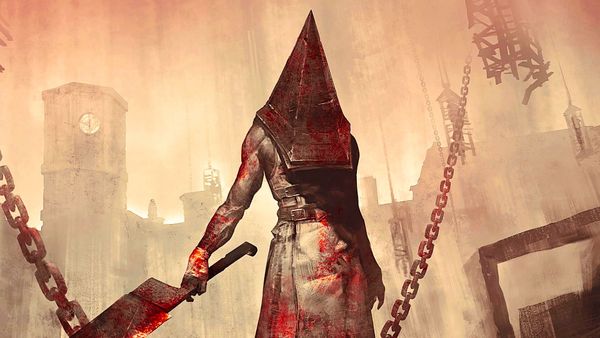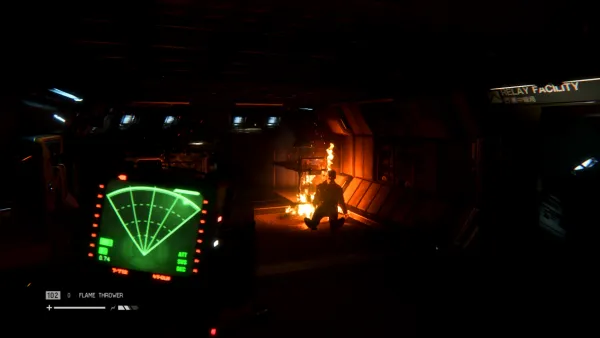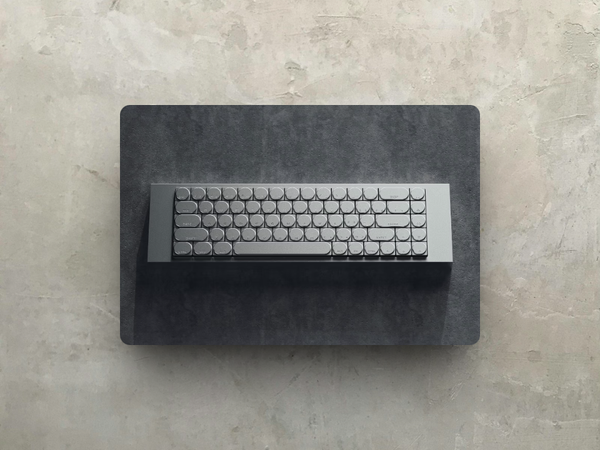Masahiro Ito despises what Pyramid Head has evolved into – a caricature, often overused and far too ubiquitous in the horror lexicon. Who can blame him? The number of questions and theories posed by fans on Twitter would drive anyone to the point of insanity.
Yet, he continues to engage with fans. Why, I'm not sure, but I do wonder if this is because he's a bit of a sadist, or because he's in on the joke, engaging with fans simply to humour them.
Pyramid Head was very much conceived not just within and for the constraints of Silent Hill 2, but "within" the lead character of Silent Hill 2, James Sunderland.
Either way, he shows no signs of slowing down on Twitter, and Twitter is all the better for it quite frankly.
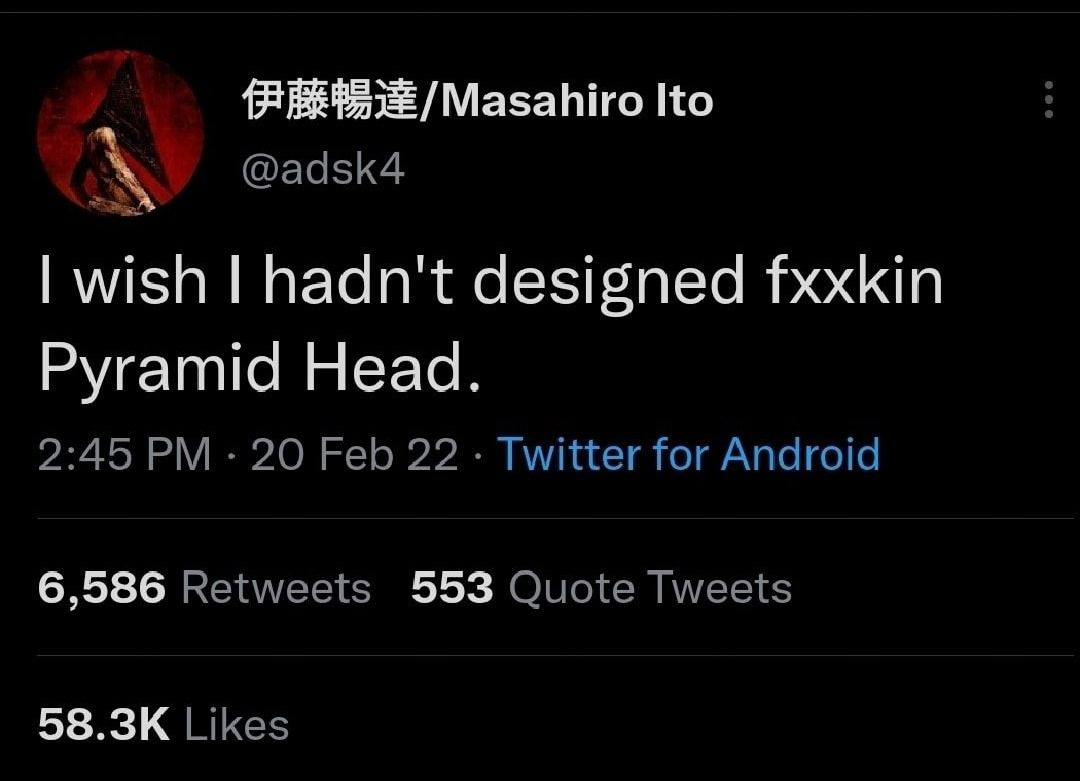
When Ito isn't pointing out that he regrets creating one of the most iconic horror creatures ever, he's divulging others in his interpretation of lore, and the constraints in which Pyramid Head exists.
Pyramid Head was very much conceived not just within and for the constraints of Silent Hill 2, but "within" the lead character of Silent Hill 2, James Sunderland.
He notes, quite frequently and for the benefit of many fans, that the creature is meant to exist solely within the realm of James' imagination and emotional turmoil, thus, when considered in the context of the lore, its presence outside of this narrative construct becomes inexplicable.
Regardless of the controversy, one thing is clear - Pyramid Head is one of the best character designs in the horror genre. I wanted to know more about the story behind Pyramid Head's design, and just how did Ito come up with it?
Creating A Monster
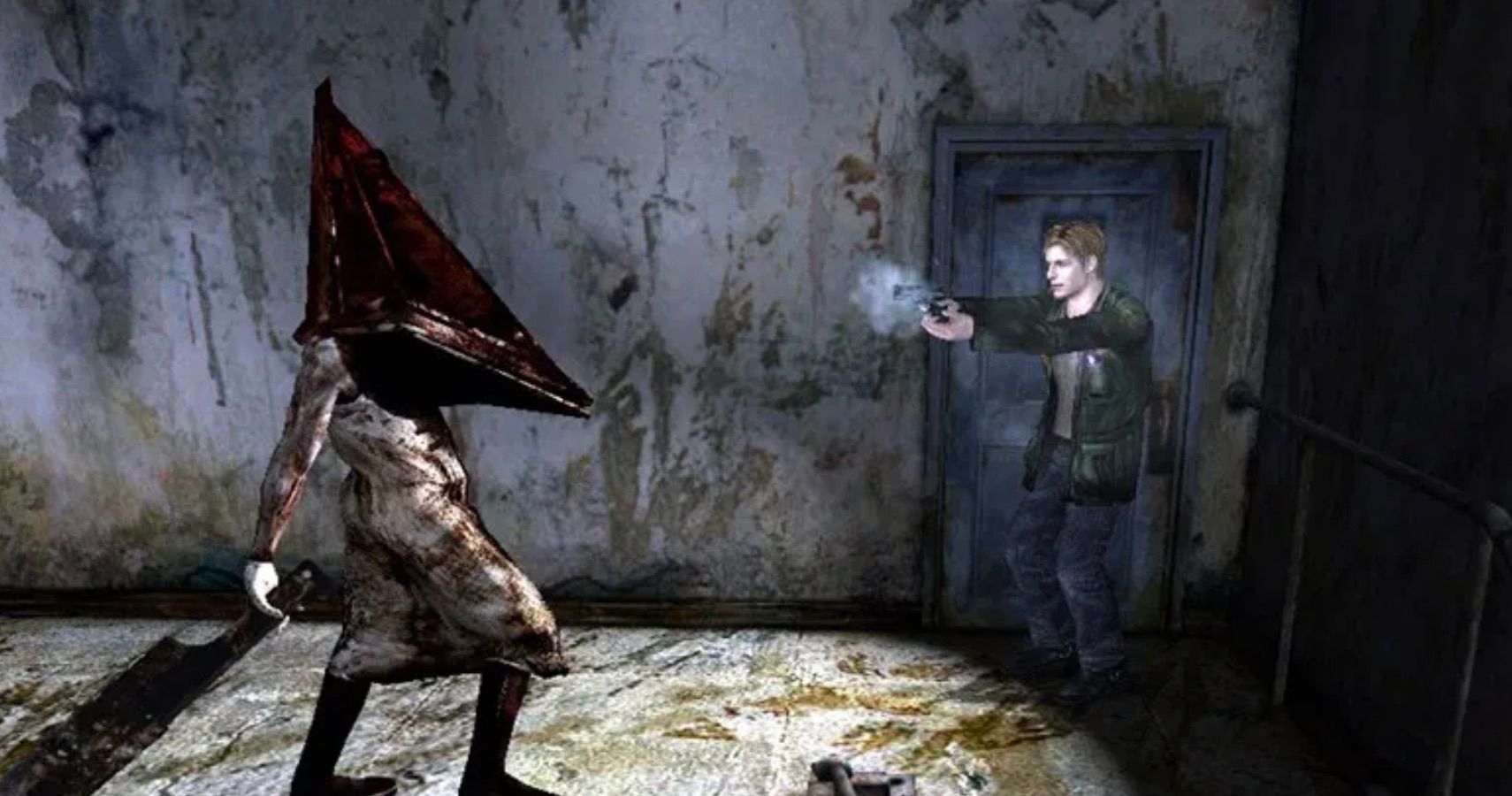
Ito initially aimed to craft a monstrous entity shrouded in secrecy. Ambiguity runs deep within the world of Silent Hill, so this makes sense. But his first designs, which resembled humans concealing their faces with masks, left him dissatisfied. In response, he sketched a creature featuring a distinctive pyramid-shaped helmet.
According to Ito, the sharp right angles and acute geometry of the triangle suggested a palpable sense of anguish. Among the eerie denizens of Silent Hill 2, only Pyramid Head exudes an overtly masculine visage.
This masculinity would be taken to the extreme in the 2012 movie, Silent Hill: Revelation, in which the over-the-top muscular bastardisation of Pyramid Head further underlines why the character makes little sense outside of Silent Hill 2.
/cdn.vox-cdn.com/uploads/chorus_image/image/2795479/silent_hill_revelation_3d_1100.0.jpg)
In Silent Hill 2, his appearance is that of a pale, sinewy figure draped in a blood-soaked, white robe reminiscent of a butcher's smock. Despite his terrifying presence, he remains silent, communicating through anguished grunts and moans.
Just a beautiful moment in gaming - a perfect example of how to elicit emotions by subtractive design.
As an example, in a chilling moment, a player's initial encounter with Pyramid Head is haunting. I remember it clearly, etched into my mind forever, as I was suddenly filled with fear of the unknown, questioning what this entity was, and wondering why it was doing nothing more than standing.
Staring at each other through the bars, the experience was a crucial moment for me, teaching me about what I now know as subtractive design in gaming. Just silence, no dialogue, no interface on screen, no audio. Nothing but the impending sense of doom as I knew our paths would cross again.
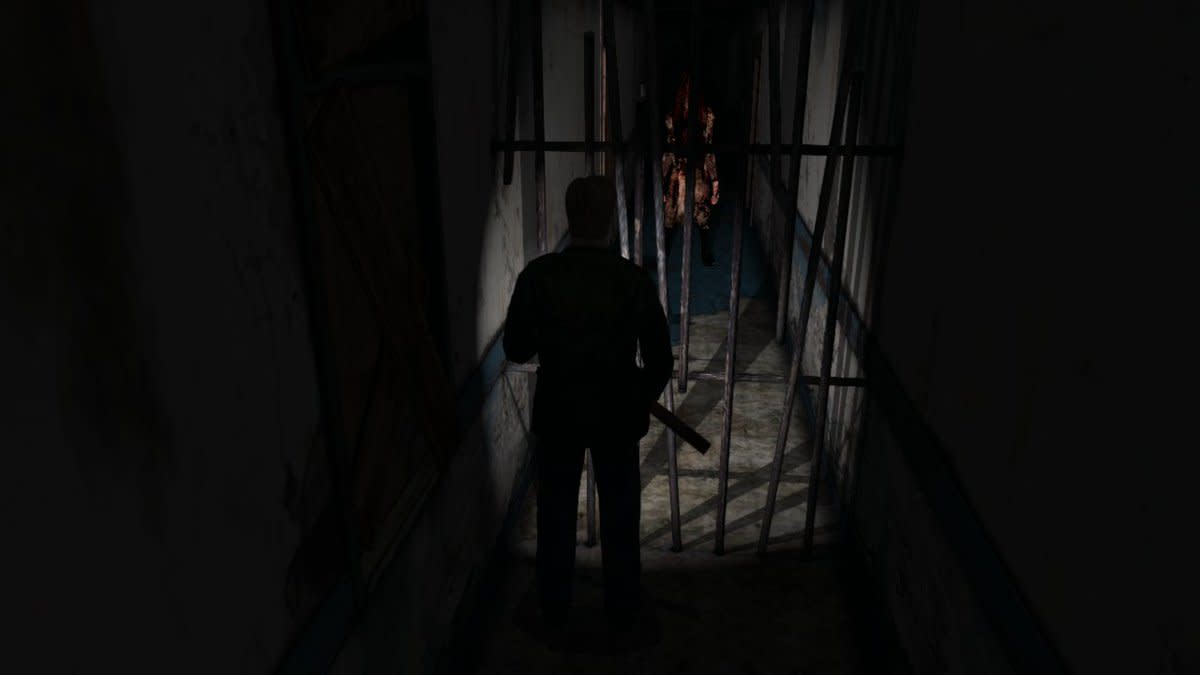
Ask me about some of the most beautiful moments I've had in gaming, and this is certainly up there. A perfect example of how to elicit emotions by removing the superlative.
As I continued to observe through the metal bars, he still stood in eerie silence, a looming enigma. The tension intensifies as players grapple with the unsettling uncertainty of their identity and intentions.
Opening a door, entering a room, coming back into that same hall... Pyramid head would be gone, but not forgotten.
Designing For Fear
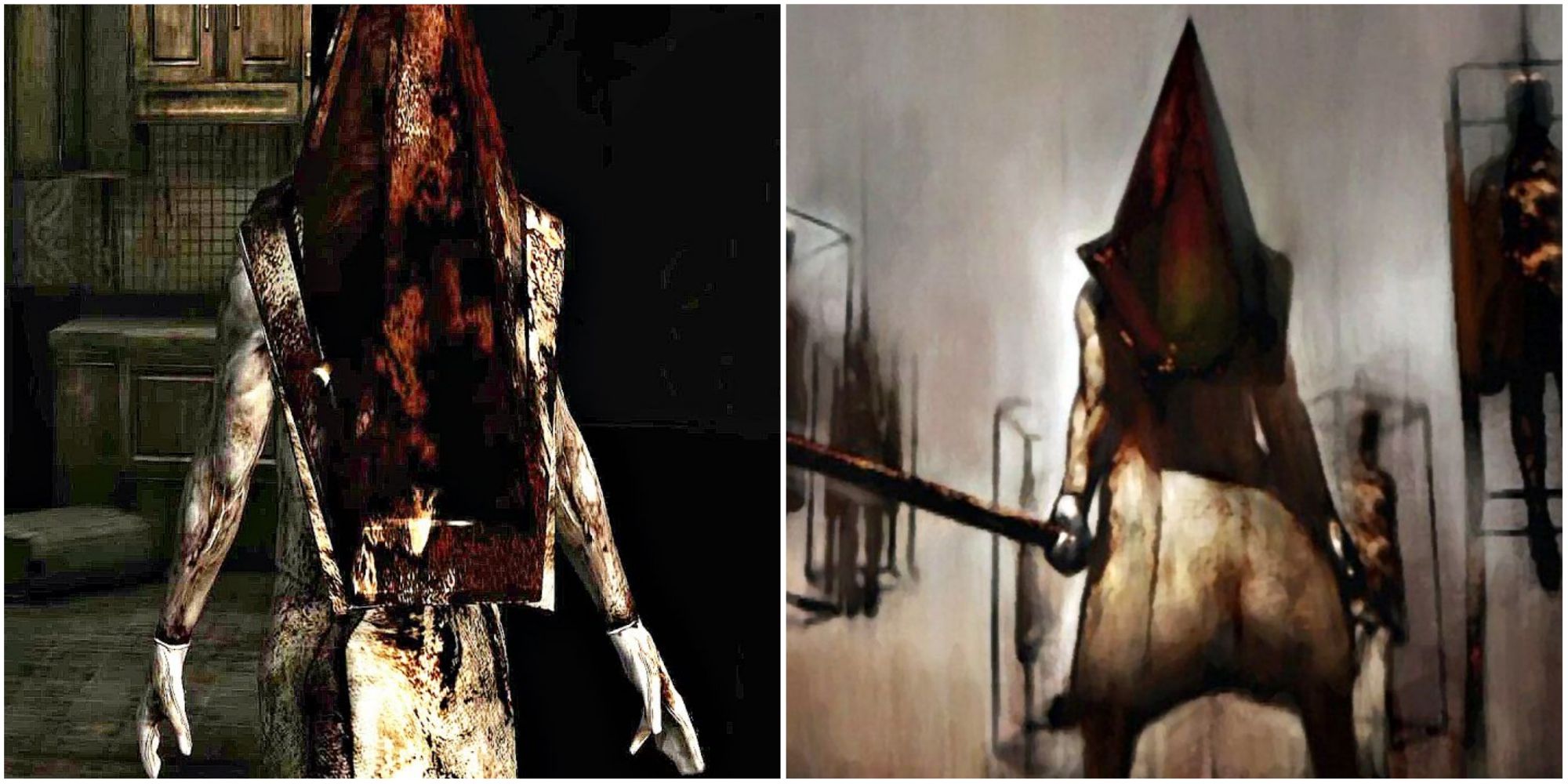
What truly sets Pyramid Head apart is his imposing, crimson, triangular headgear. In terms of armament, he wields a formidable and unwieldy Great Knife, a deadly instrument that players can acquire and utilise throughout the game. Additionally, he later obtains a spear as a weapon.
The knife itself is so overblown and ridiculous to the extreme that it is in no way practical - but this is some sort of entity with triangular headgear, that exists in a world not quite reality, which doesn't have to make sense.
It just has to represent the pain, anguish and guilt that resides within James and no more.
Ito's creative process drew inspiration from his passion for German World War II tanks, particularly the King Tiger heavy tank's lower hull, influencing the character's helmet design. Various design elements were further informed by military vehicles from that era and region.

The stark resemblance between Pyramid Head and the concept of hostile architecture is also intriguing. Both embody a menacing and imposing presence. Pyramid Head's tall, angular silhouette, often obscured by a grotesque metal pyramid, casts an immediate sense of dread.
"The 99% is the unease, the coming together of unlike things. You set up two unlike things and people can't turn away." - Stephen King
Similarly, hostile architecture employs deliberate design to discourage certain behaviours, using harsh angles, uncomfortable materials, and imposing structures like spikes on benches to deter loitering. In both cases, the geometry of these entities serves to dominate their respective spaces and elicit unease.

Furthermore, Pyramid Head's role as a symbol of punishment and guilt in Silent Hill 2 mirrors the intent of hostile architecture. Be afraid, you're not welcome here, you should feel uncomfortable proceeding, you should feel guilty for even considering what you're considering.
The parallel between Pyramid Head's imposing design and hostile architecture's (not always) subtle yet firm deterrents highlights the power of visual and spatial elements in evoking discomfort and control.
How did this silent, lumbering executioner become not just a character but an archetype, recognised and feared by horror enthusiasts, often standing alongside the likes of Freddy Krueger, Michael Myers, or Jason Voorhees?
For better or for worse, this is the legacy of Pyramid Head. For that, I for one am grateful that I got to experience Pyramid Head at his most ambitious during the launch of Silent Hill 2. I am grateful that artists like Ito exist, creating otherworldly, nightmarish creatures that make us reflect on the most human of all experiences - being.


